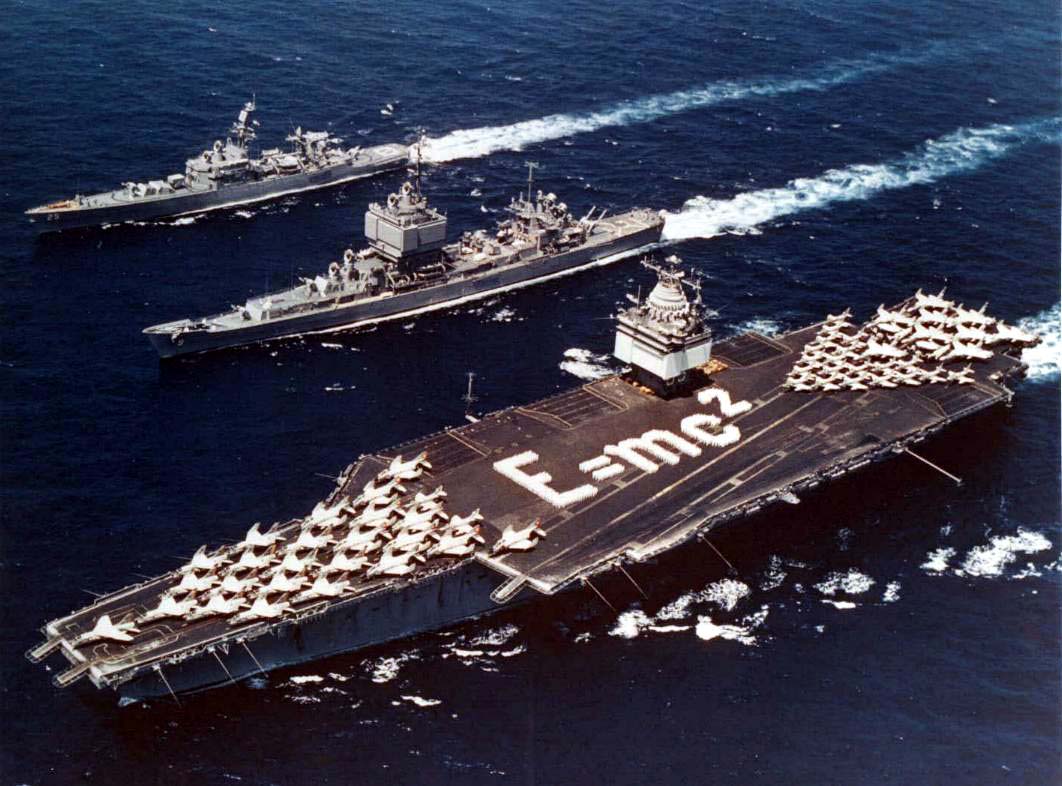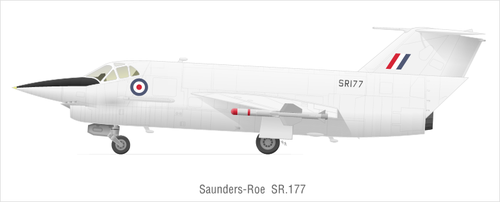SSgtC
ACCESS: Top Secret
- Joined
- 13 July 2020
- Messages
- 1,241
- Reaction score
- 2,893
November 10, 1957
Jakarta, Java, Indonesia
CIA Officer Allen Pope is put on trial for the murder of nearly a dozen civilians and military personnel in a military court. The four officer panel hears evidence from both sides before passing their verdict. In a display of showmanship and astute diplomatic sense, Indonesia provided Allen Pope with one of the best defense lawyers in Indonesia, Adnan Buyung Nasution. In daylong arguments, Mr Nasution argues that his client had never attacked any civilian target and thus, the charges against him regarding the civilian deaths should be dropped. The prosecution, having entered Mr Pope's flight log into evidence, pointed to the target list maintained by Mr Pope and argued that those deaths should remain.
By the end of the day, all the charges against Allen Pope were found to be true and he was found guilty of murder. Before passing sentence on Mr Pope, the military court offered him the chance to plead for mercy. Mister Pope declined, instead maintaining that he was innocent of the charges. The words of the Presiding Officer of the Court echoed through the court after Pope's refusal:
"Allen Pope, this court finds you guilty of murder. You are hereby sentenced to death and remanded to Cipinang Penitentiary until such time as your sentence may be carried out."
Jakarta, Java, Indonesia
CIA Officer Allen Pope is put on trial for the murder of nearly a dozen civilians and military personnel in a military court. The four officer panel hears evidence from both sides before passing their verdict. In a display of showmanship and astute diplomatic sense, Indonesia provided Allen Pope with one of the best defense lawyers in Indonesia, Adnan Buyung Nasution. In daylong arguments, Mr Nasution argues that his client had never attacked any civilian target and thus, the charges against him regarding the civilian deaths should be dropped. The prosecution, having entered Mr Pope's flight log into evidence, pointed to the target list maintained by Mr Pope and argued that those deaths should remain.
By the end of the day, all the charges against Allen Pope were found to be true and he was found guilty of murder. Before passing sentence on Mr Pope, the military court offered him the chance to plead for mercy. Mister Pope declined, instead maintaining that he was innocent of the charges. The words of the Presiding Officer of the Court echoed through the court after Pope's refusal:
"Allen Pope, this court finds you guilty of murder. You are hereby sentenced to death and remanded to Cipinang Penitentiary until such time as your sentence may be carried out."


